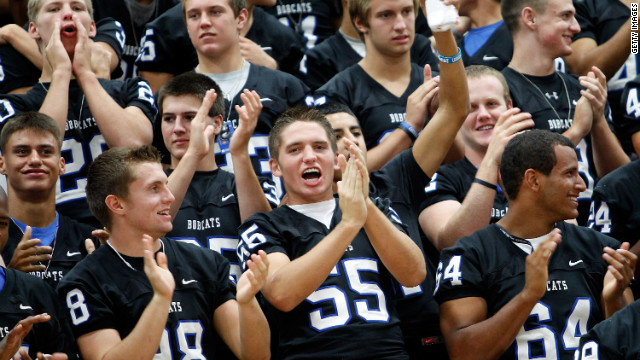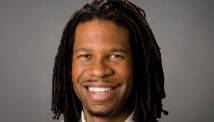
- LZ Granderson: High schools start sports practices before classes even begin
- U.S. students lag behind many other countries in math, science and reading, he says
- Unemployment high, yet population lacks education, skills to fill available jobs, he says
- Granderson: Schools should be making academics, readiness for jobs a priority
Editor's note: LZ Granderson, who writes a weekly column for CNN.com, was named journalist of the year by the National Lesbian and Gay Journalists Association and is a 2011 Online Journalism Award finalist for commentary. He is a senior writer and columnist for ESPN the Magazine and ESPN.com. Follow him on Twitter: @locs_n_laughs
(CNN) -- The first "cup" was used in hockey in 1874 and the first helmet was used in 1974. That means it only took 100 years for men to realize that their brain is also important.
That joke's been circulating on the Internet for years. And while it is funny, it's also an embarrassing observation about our past carelessness. But before we start congratulating ourselves about how "advanced" we are now, we should make note of this one little factoid: For much of the country, high school football practice started last month, and for much of the country, high school classes start next month.
Given where our high schoolers rank globally in reading, math and science, that is essentially putting the cup before the helmet in the 21st century.

Here again are the numbers: 14th out of 34 nations in reading, 17th in science and 25th in math, according to the Organization for Economic Cooperation and Development. Again -- 25th in math. No wonder we keep saying we're No. 1; there's a chance many of us can't count much higher than that.
Opinion: After Mars landing, is science cool again?
I don't enjoy writing about how dumb our kids are. But the truth is we live locally and are competing for jobs globally. Once upon a time, our high school students could skate by and still secure a good paying job later. That's simply isn't the case today. Part of the reason why the unemployment rate is 8.3% is because many Americans don't have the technical skills necessary to fill some of the 3.5 million jobs that are available.
And that's not me shooting from the hip or apologizing for President Barack Obama's economic policies. John Engler, a former Republican Michigan governor and president of Business Roundtable, wrote in a June op-ed for U.S. News & World Report that "even with more than 13 million Americans unemployed, the manufacturing sector cannot find people with the skills to take nearly 600,000 unfilled jobs, according to a study last fall by the Manufacturing Institute and Deloitte."
Jeff Weiner, CEO of Linkedin, a networking website with millions of resumes on its database, recently said that "at least one major driving factor (for the 3.5 million unfulfilled jobs) here is ... the pace with which technology and innovation is now accelerating. We are outstripping our ability to educate and train the existing work force."
The first step Weiner prescribed to correct this problem: fixing our education system. And by fixing, I would start with our dogmatism. Studies as far back as 1906 have indicated that over summer vacation children forget significant portions of what they learned during the school year, and yet we keep using the same academic calendar that was instituted in the 19th century -- before schools were air-conditioned or teachers certified. That would be like us using leeches to cure diseases -- something else we used to do in the 19th century.
And high school sports starting before high school classes literally screams misplaced priorities. Many parents as well as students are against year-round school, noting the lessons that can be learned during summer vacation. I'm fine with that rationale, but why can't the first sign of fall be classrooms opening instead of team practices?
My son's first track meet is in less than two weeks away. His first day of school is after Labor Day. Something just seems wrong about that, especially in Michigan where 48% of the state's school districts did not make, what the U.S. Department of Education calls, "adequate yearly progress."
Even worse, more than 82% of the state's students did not meet the ACT benchmark for college readiness.
But hey, who's ready for some football?
Follow @CNNOpinion on Twitter.
Join us at Facebook/CNNOpinion.
No comments:
Post a Comment